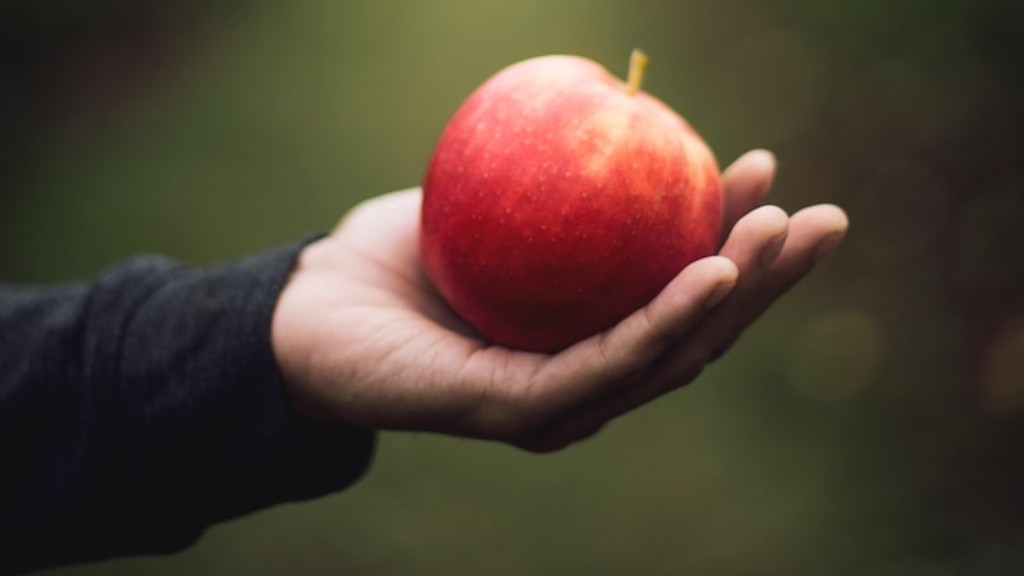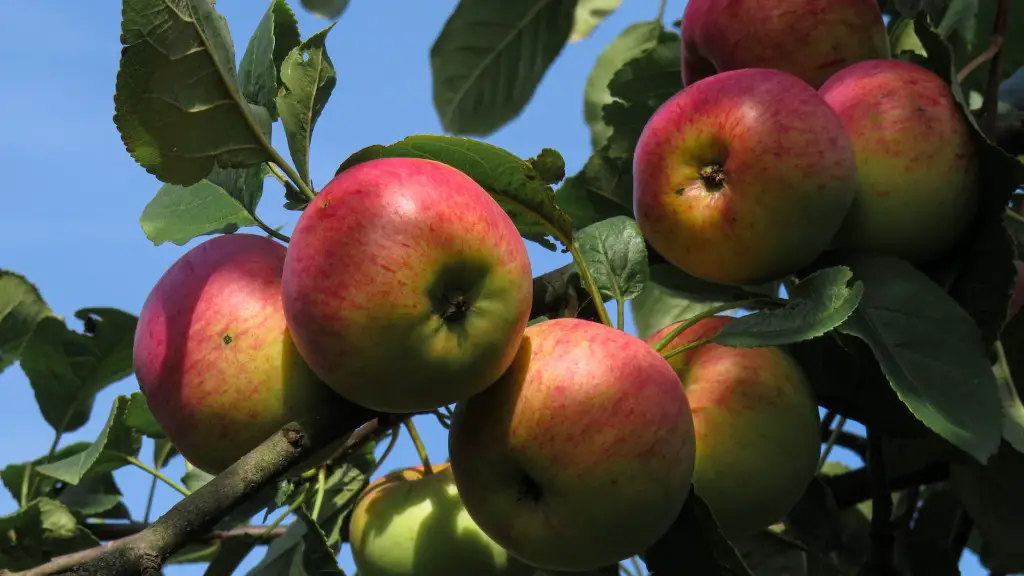Overview of Cherry Harvesting
Harvesting cherries is a rewarding and enjoyable process with its own special techniques. Varieties of cherries produced may vary, but the goal is the same: to obtain the highest quality of cherry with the greatest yield. There is no single right way to harvest cherries, but there are some tips and tricks that will help with the process.
Determining When Cherries Are Ready to be Picked
The most important step in harvesting cherries is determining when the cherries are ready to be picked. A ripe cherry should have a bright, glossy color that’s uniform throughout. The cherry should have a plump, smooth texture without any soft or bruised spots. When balanced between your thumb and forefinger, the stem should easily snap off without leaving any stem or core on the cherry.
Equipment Needed for Harvesting
Once you’ve determined the cherries are ready to pick, you will need the proper equipment for harvesting. The most important tool is a cherry picker, which is basically a long-handled rake-like tool used to gently grab and lift cherries off the tree. You will also need a harvesting bag, preferably one with padded straps to prevent strain on your back, and a ladder to reach the top of the tree.
Harvesting Cherries
Once all the necessary equipment is gathered, it’s time to start harvesting. To begin, gently tug on the cherry stem to remove it from the tree. It’s important to ensure the stem comes off cleanly, as these are the fruits that will produce the highest yields. Place the cherries into the harvesting bag and avoid bruising the fruit, as this will reduce the effectiveness of the fruit’s storage life.
Storage Tips and Techniques After Harvesting
Once all the cherries have been picked, you’ll want to take steps to ensure they’re stored correctly. Start by layering the cherries in a shallow container with a layer of clean newspaper in between. Place the containers in a dark, cool place away from direct sunlight. The temperature should be between 33 and 45 Fahrenheit. Keep an eye on the cherries’ moisture level and avoid condensation.
Uses for the Harvested Cherries
The harvested and preserved cherries are now ready for use. Most common use for cherries is baking or making jams, syrups, and preserves. Cherries can also be savory in main dishes, adding a sweet taste or some sourness. One of the most popular ways to use cherries is in popsicles, which are popular in summers. The possibilities for using harvested cherries are endless and you will have a fresh and organic product to use.
Safety Tips When Harvesting Cherries
Harvesting cherries comes with a certain amount of risk, so it’s important to practice safety at all times. Wear thick gloves to protect your hands, and be aware of the ground below when you’re harvesting with a ladder. Be particularly aware of your footing and the condition of the ladder, as they can break easily. Finally, be sure to check the weather forecast before spending any time outdoors, as too much rain or high winds can make harvesting difficult, or even dangerous.
Managing a Cherry Orchard for Highest Yield
Harvesting cherries can get easier with higher yields if you manage your cherry orchard properly. Start by knowing when the optimal time of pollination is for your cherry orchard. Once the blossoms are pollinated, start using the necessary resources such as fertilizer, water, and pest control to ensure the highest yield. Pruning can also be done yearly to ensure the orchard produces high-quality fruit with a good amount of yield.
Using a Cherry Harvester for Faster Results
If you’re looking for more efficient cherry harvesting, you may want to consider investing in a cherry harvester. A cherry harvester is a large machine that can pick, shake, and quickly transfer cherries into the box with minimal bruising. The use of a cherry harvester requires special maintenance, but it can make harvesting much easier and faster.
Organic Cherry Farming Practices
Organic farming of cherries is gaining popularity due to its many benefits. Organic farming is done without any chemical fertilizers, hormones, or pesticides. This means that organic cherries are free of any toxic chemicals and are much healthier for you. Organic farmers also depend on beneficial insects and organisms to manage their orchards, which helps their overall harvest in the long run.
Nutritional Benefits of Cherries
Cherries are not only a delicious fruit but are a nutritional powerhouse. Studies have shown that cherries are packed with antioxidants and vitamins, including Vitamin A, Vitamin C, and Vitamin E, as well as minerals like potassium, calcium, and magnesium. In addition, cherries have been found to have anti-inflammatory properties, making them a great snack for anyone looking to manage their health.
Flavors Available in Cherries
The most popular flavors available in cherries are sweet and tart. Sweet cherries are usually a dark, deep red color and range in flavor from slightly sweet to sweet, depending on the variety. Tart cherries are more vibrant in color, usually a yellowy-red, and range in flavor from slightly tart to very tart. There are also some other varieties of cherries including sour, pearl, and melon.
Popular Dishes That Can Be Made with Cherries
Out of all the recipes available, some of the most popular dishes that can be made with cherries are cherry pies, cherry crisps, cherry cobblers, cherry tarts, and even cherry jam. You can also use cherries to make smoothies, syrups, ice creams, and drinks like sangria. With so many options available, you’ll be sure to find the perfect cherry recipe.
Buying and Selling Cherries
If you are looking to buy cherries, you can visit farmers’ markets and local farm stores in your area. You can also purchase cherries online from a variety of sources. If you have picked a large enough yield and are looking to sell them, you can visit farmers’ markets or sell them online. You can even advertise your cherries on social media to reach more people.
Sustainability for Future Generations
When it comes to cherry harvesting, sustainability is key for future generations. From using organic farming methods to properly managing your orchard, taking the necessary steps to ensure future generations get quality cherries from a healthy orchard is essential. You can also work with local organizations or government agencies to establish sustainable cherry harvesting guidelines that will benefit all involved.

